Tretinoin is one of the best ingredients for smoother, brighter, and younger-looking skin. But if you’ve ever dealt with flaking, dryness, or irritation, you’ve seen the downside — it can weaken your skin barrier.
The good news? You don’t have to choose between results and comfort. With the right care and a few smart swaps, you can keep your skin barrier strong while tretinoin works its magic.
Why Tretinoin Affects Your Skin Barrier
Your skin barrier — the outermost layer of your skin — locks in moisture and keeps out irritants. Tretinoin speeds up cell turnover, which helps renew your skin, but it can also make that barrier thinner and more fragile (Riahi et al., 2016).
Research shows tretinoin can:
-
Increase water loss from the skin (Draelos, 2005)
-
Reduce key barrier proteins like claudin-1 (Tanno et al., 2019)
-
Lead to more dryness, flaking, and redness
That’s why even though tretinoin gives amazing long-term results, your skin might feel sensitive at first.
How to Tell If Your Barrier Needs Help
Common signs include:
-
Dryness or peeling
-
Redness or stinging
-
Tight, shiny skin
-
Breakouts or irritation from products that never bothered you before
If this sounds familiar, your barrier is probably telling you it needs some extra care.
Dermatologist-Backed Tips to Strengthen Your Barrier
1. Keep It Simple
When your barrier is stressed, use fewer products. Skip harsh scrubs and acids. Choose gentle cleansers and rich, fragrance-free moisturizers.
2. Moisturize Like It’s Medicine
Moisturizers with ceramides, cholesterol, and fatty acids help rebuild the barrier (Narsa et al., 2024). Ingredients like glycerin and hyaluronic acid pull moisture into the skin, keeping it soft and hydrated.
Start moisturizing before you even begin tretinoin use — it helps prevent irritation.
3. Try the “Sandwich Method”
Apply a thin layer of moisturizer before and after tretinoin. This buffers the skin, reducing flaking and stinging (Draelos, 2005).
4. Go Slow and Gentle
If you’re new to tretinoin, start every other night or use a lower strength (Cha et al., 2022). Let your skin adjust over a few weeks.
5. Protect with SPF Daily
Tretinoin makes your skin more sensitive to UV rays. Use a broad-spectrum SPF 30+ every morning (Kahraman & Ünlü, 2023).
Why Rejûvaskin® Skin Recovery Cream Is Perfect for Tretinoin Users
When your skin is dry, red, or irritated, Rejûvaskin Skin Recovery Cream helps calm and restore balance.
It’s made for sensitive, post-procedure, and compromised skin, and it:
-
Soothes redness and irritation
-
Replenishes barrier lipids
-
Hydrates deeply without clogging pores
-
Supports healing and resilience
Use it nightly after tretinoin or anytime your skin feels tight or dry. It’s gentle enough for daily use and powerful enough for visible results.
A Simple Tretinoin-Friendly Routine
Morning:
-
Gentle cleanser
-
Hydrating serum (optional)
-
Rejûvaskin Skin Recovery Cream
-
SPF 30+ sunscreen
Evening:
-
Cleanse gently
-
Moisturizer (before tretinoin, if sensitive)
-
Tretinoin
-
Rejûvaskin Skin Recovery Cream as the final step
This keeps your barrier strong while tretinoin smooths, renews, and refines.
Tretinoin transforms your skin — but your barrier deserves protection too. By moisturizing, buffering, and protecting from the sun, you’ll keep your skin healthy and glowing.
And with Rejûvaskin Skin Recovery Cream, you can stay consistent with tretinoin while keeping your skin calm, hydrated, and resilient.
Works Cited
Cha, H. H., et al. (2022). Use of retinoids in topical anti-aging treatments: A focused review of clinical evidence for conventional and nanoformulations. Advances in Therapy, 39(10), 5351-5375. Link
Draelos, Z. (2005). Facilitating facial retinization through barrier improvement. Journal of Drugs in Dermatology, 4(4), 414-418. Link
Kahraman, A., & Ünlü, Ö. (2023). Bioconversion of retinol and its cell barrier function in human skin. Dermato-Endocrinology, 18(1). Link
Narsa, A. C., et al. (2024). Strategies to reduce retinoid-induced skin irritation in topical formulation. International Journal of Dermatology Research. Link
Riahi, R. R., Bush, A. E., & Cohen, P. R. (2016). Topical retinoids: Therapeutic mechanisms in the treatment of photodamaged skin. American Journal of Clinical Dermatology, 17(3), 265–276. Link
Tanno, O., et al. (2019). All-trans retinoic acid alters the expression of tight junction protein claudin-1 in human epidermis. International Journal of Molecular Medicine, 43(5), 1938-1948. Link
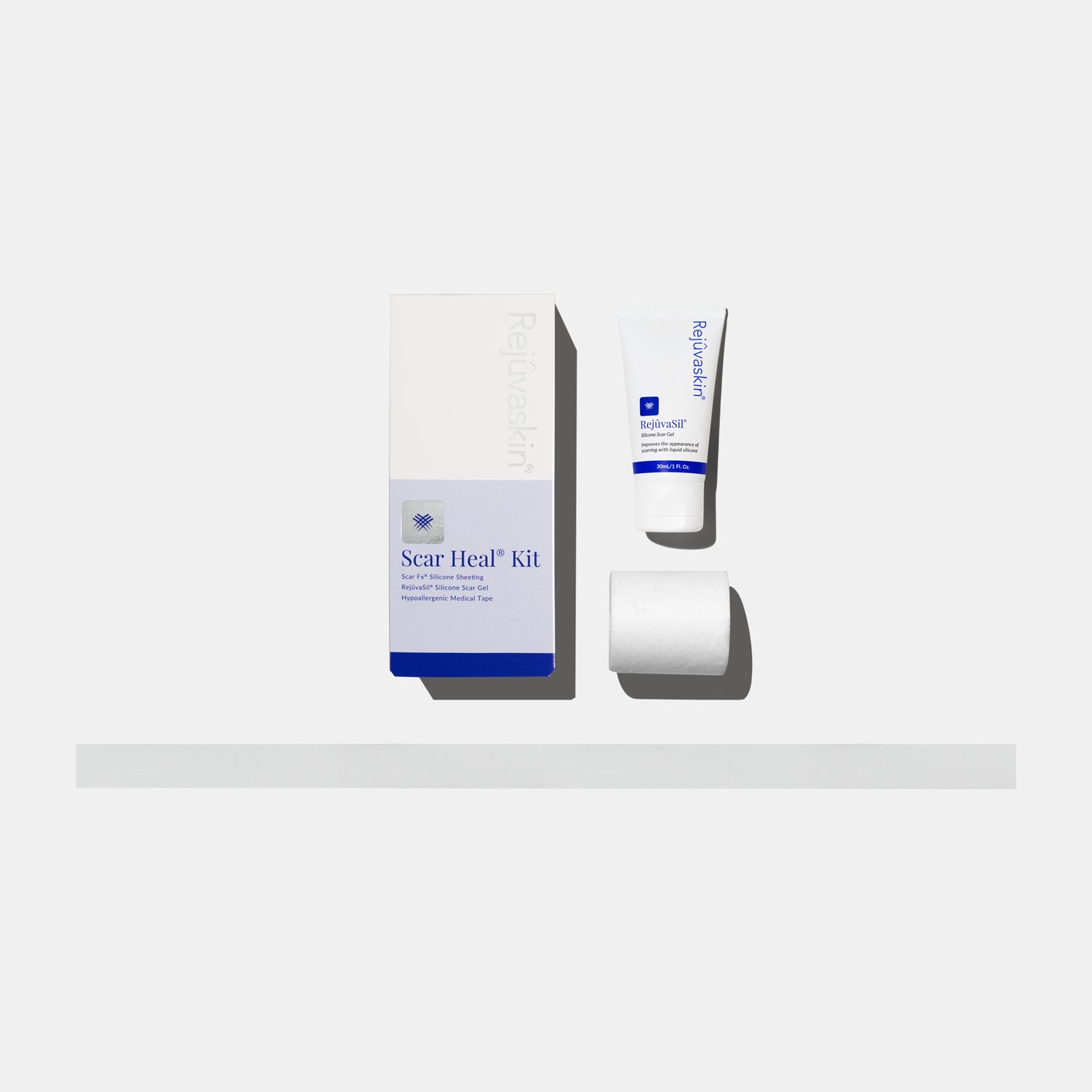



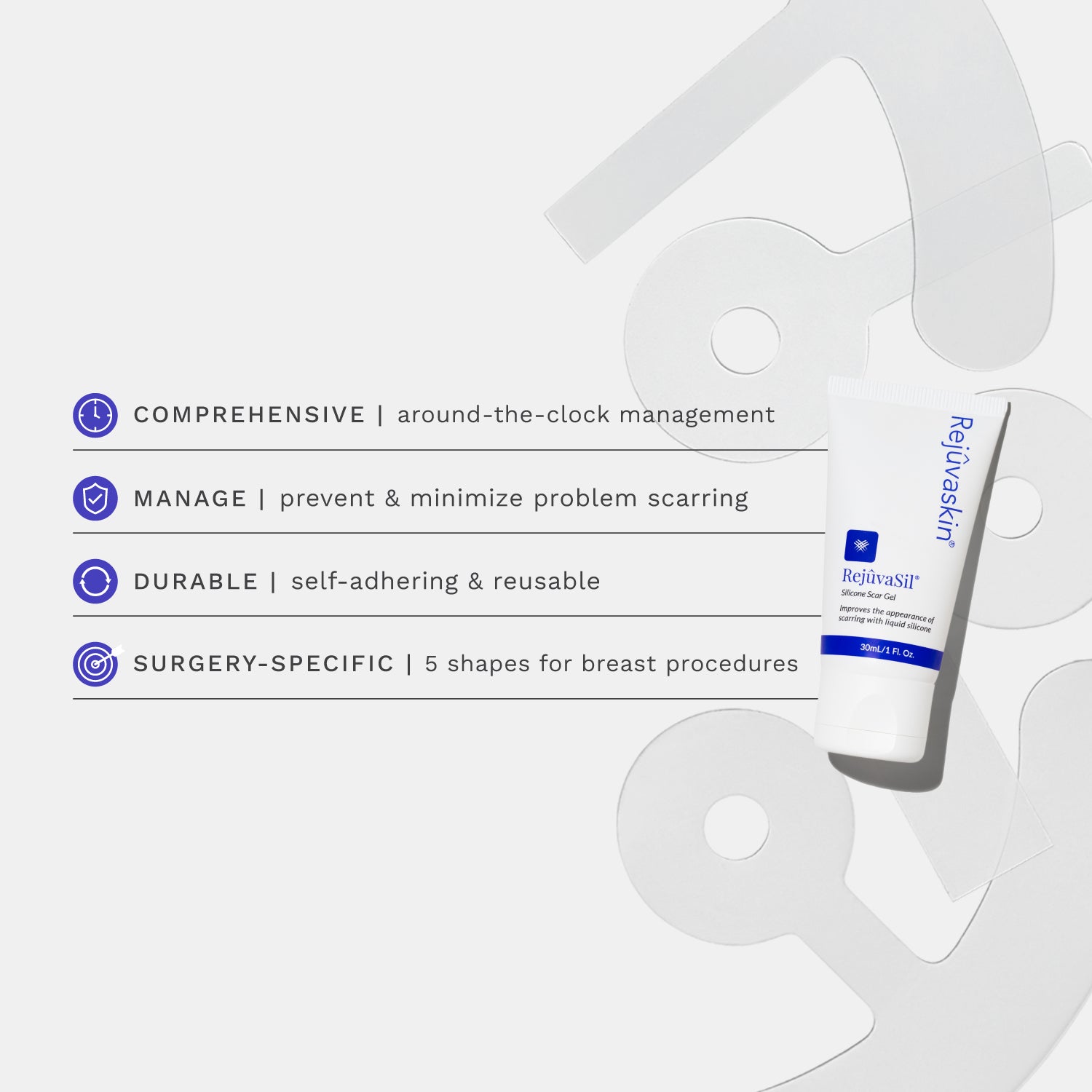
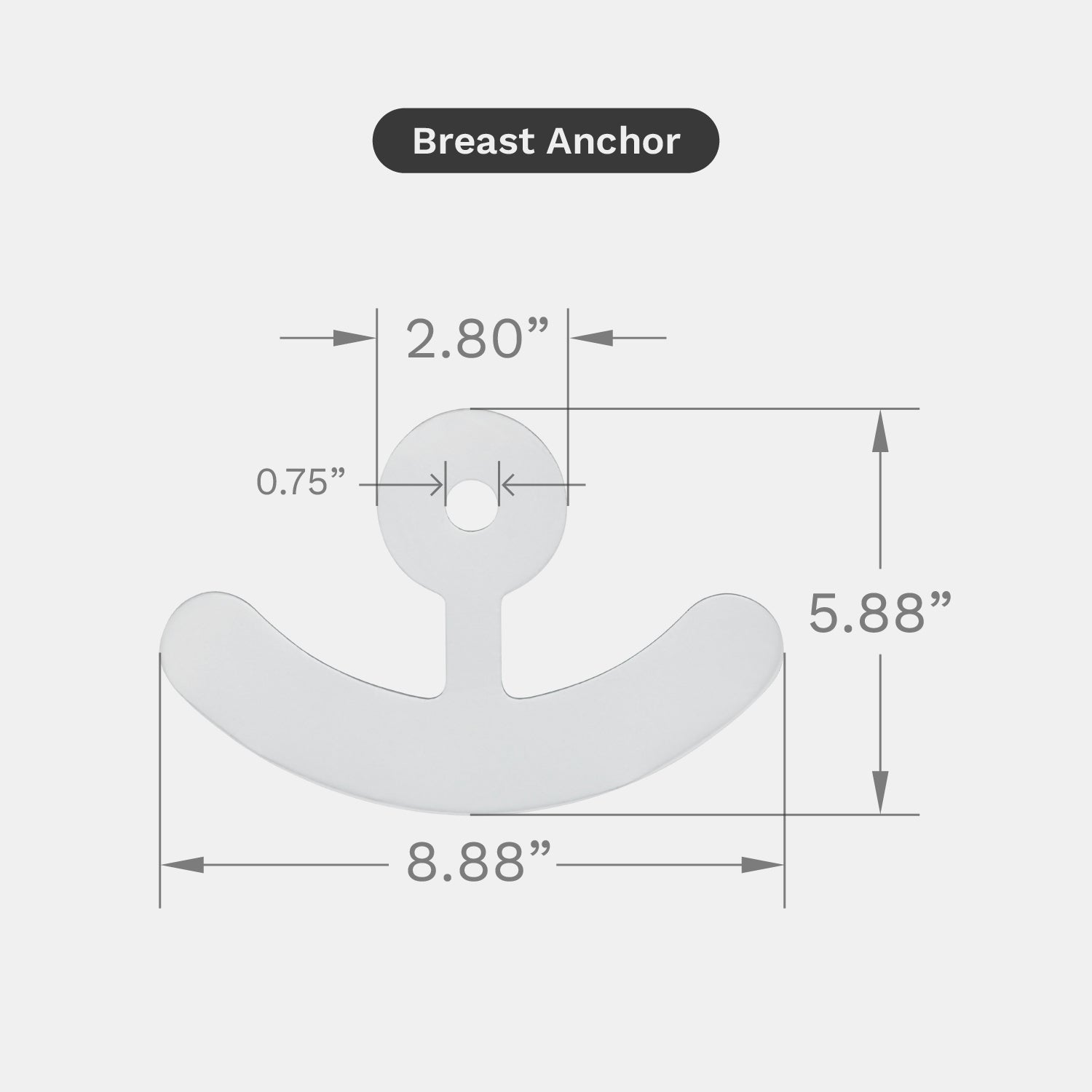
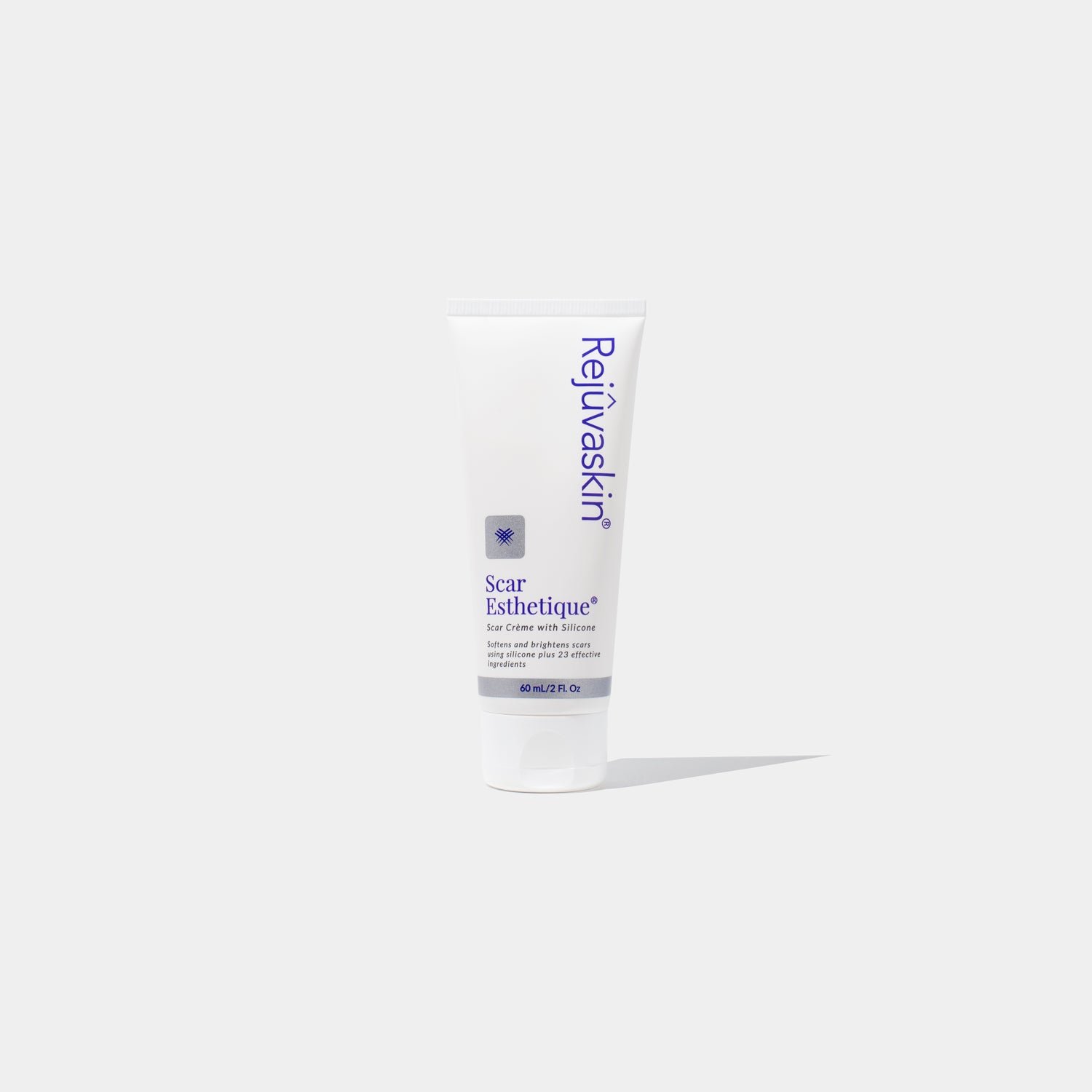
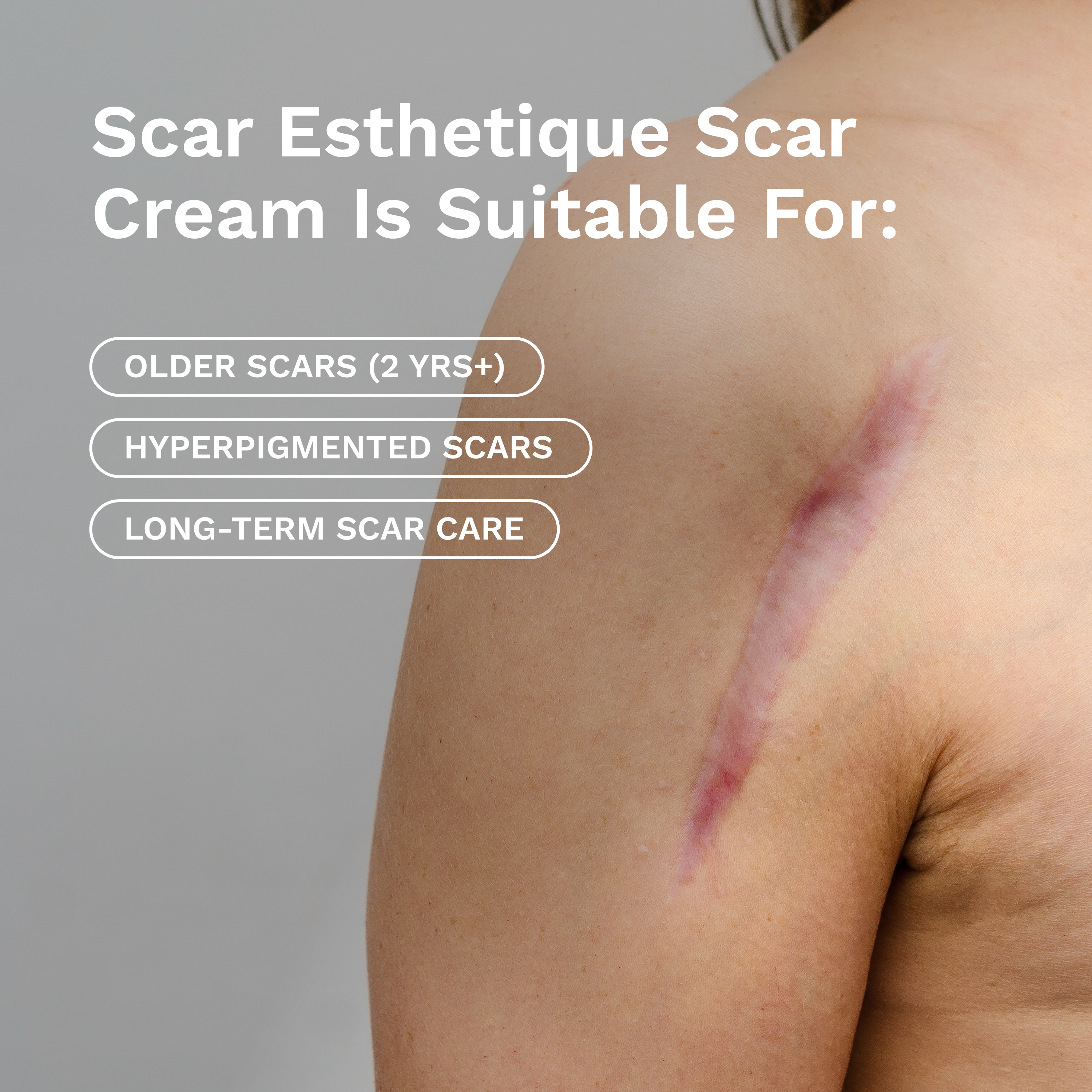









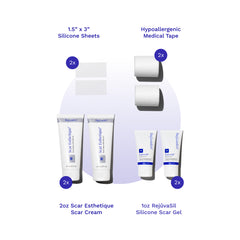

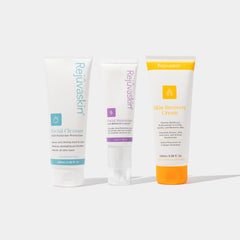

Leave a comment